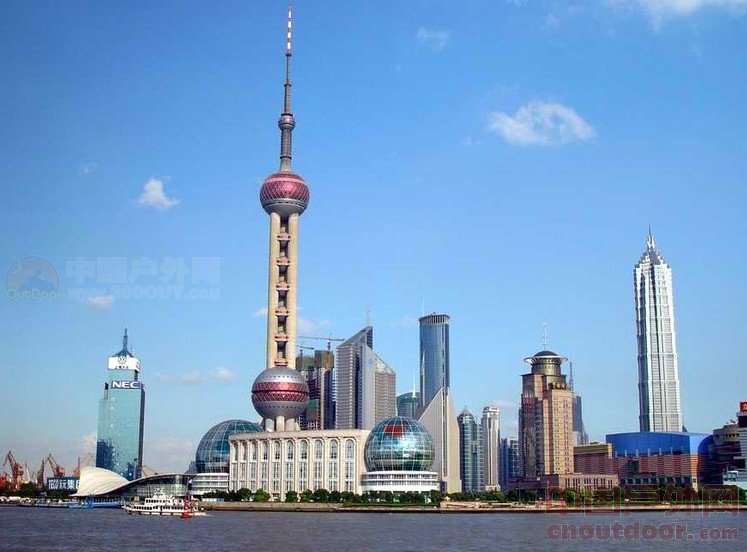 Introduction:
Introduction:Unlike many cities in China with long and varied histories, Shanghai's history is quite short.
The British opened a concession in
Shanghai after the first Opium War and ignited Shanghai's evolution. Once a small fishing village on the edge of the muddy Huang Pu River, it has become one of the world's most modern and sophisticated cities.
1842:The British establish a concession by forced treaty with the Qing Dynasty after China loses the first Opium War. Concessions were governed by the occupying country and were untouchable by Chinese law. The French, Americans and Japanese soon followed the British in establishing territories in Shanghai.
1930s:Shanghai has since become the most important port in Asia and the world's largest trading and banking firms have set up house along the Bund. Tea, silk and porcelain sail to Europe and America and opium comes in to pay for it. Shanghai is the most modern city in Asia - the Astor House Hotel has the first electric light bulb – but also the most licentious as opium dens, whorehouses and the ease of escaping the law abound. No visas or passports are required at the port and Shanghai soon becomes infamous as an exotic port of call.
1931-1941:Shanghai becomes a haven for Jews fleeing Nazi terror. As other countries closed their doors to immigrants in the lead up to the Second World War, over 20,000 Jewish refugees found asylum in Shanghai.
1937:Japanese bombs hit Shanghai and the foreigners evacuate en masse. Japanese control Shanghai and much of China's eastern coast until their defeat at the hands of the Allied Powers in 1945.
1943:The Allied governments abandon Shanghai during the War and sign their territories over to Chiang Kai-Shek and the Kuomintang government. The foreign concession era officially ends.
1949:Most foreigners have left Shanghai and the Chinese Communist state takes control of the city and the formerly privately-held businesses. Industry suffers until 1976 under the Cultural Revolution (1966-76) as hundreds of thousands of Shanghainese locals are sent to work in rural areas throughout China.
1976:The advent of Deng Xiaopeng's open door policy allowed a commercial revival to take place in Shanghai.
Present:Shanghai is growing into one of the most cosmopolitan cities in Asia with increasingly modern infrastructure and services. It is China's second largest city (after Chongqing) with a population of over 17 million. Dynamic and innovative, Shanghai is helping to drive China's developing economy.







